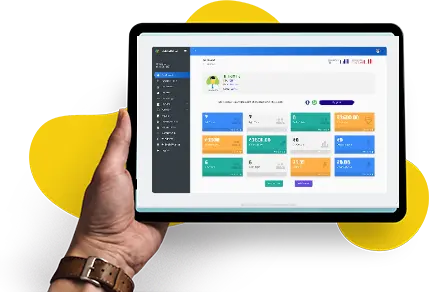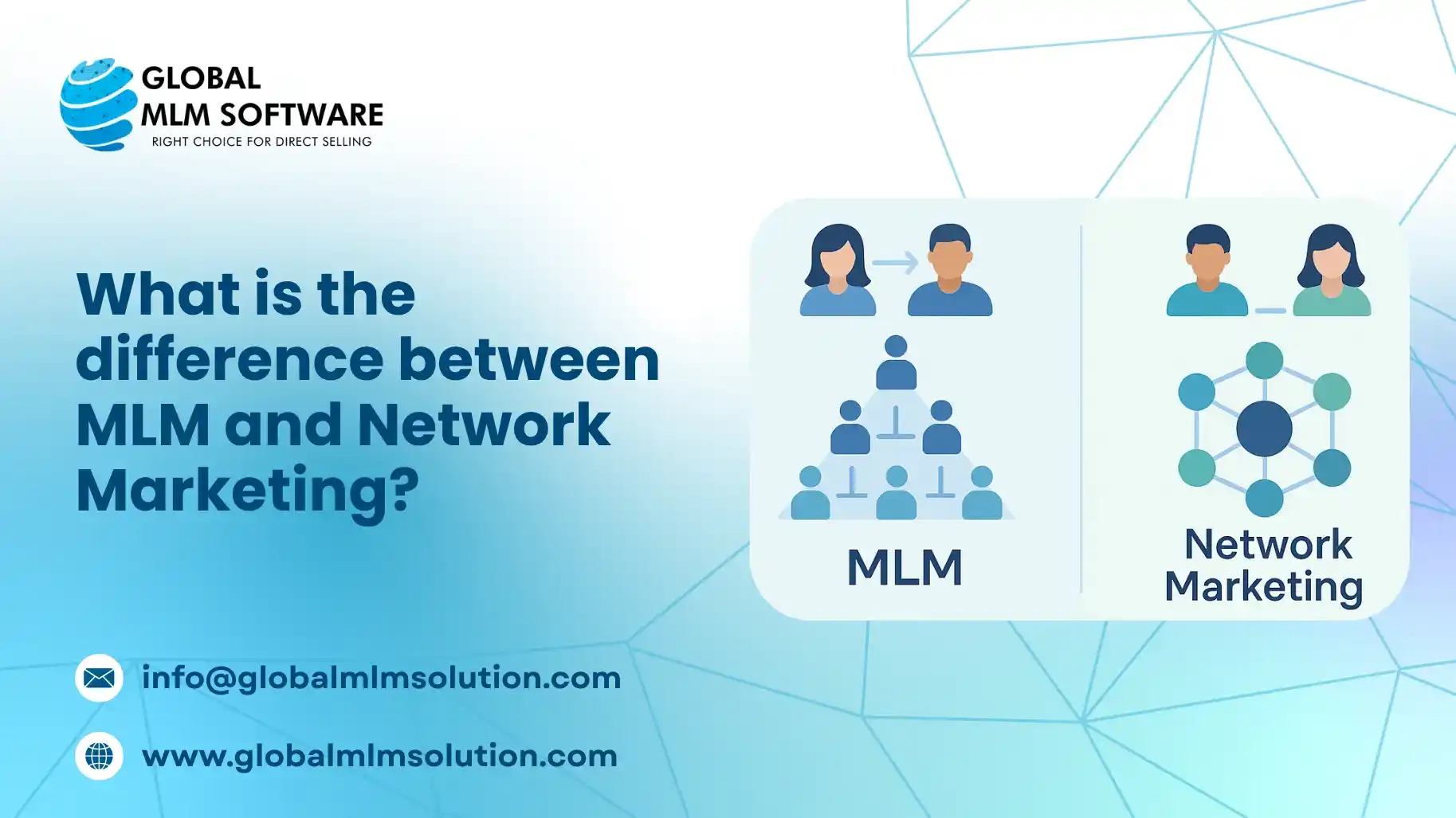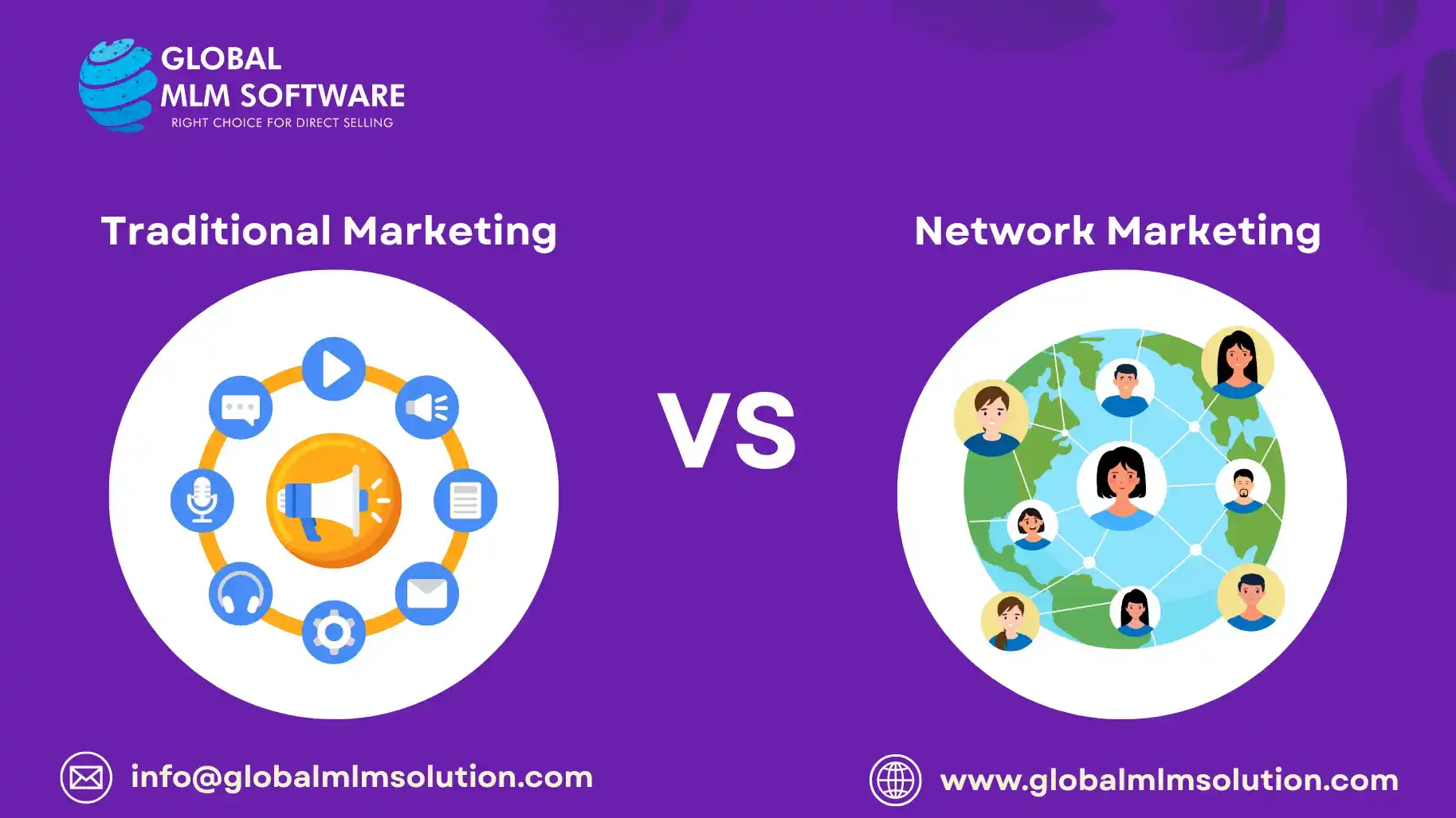The general public often mistakes MLM and pyramid schemes for being the same. The confusion comes from a shared element in both: recruiting the downline. Both models also rely heavily on personal interaction.
However, there’s a difference between the recruitment processes and the purpose of personal interaction that many MLM businesses fail to clearly communicate to the public. This leads to misunderstandings among the public, which negatively affects MLM businesses.
Therefore, to avoid being among such entrepreneurs, you must learn the differences between the two. That way, you’ll be able to steer clear of pyramid scheme red flags and protect the brand's reputation from any damage.
Read this blog to understand the key differences in MLM vs pyramid scheme and learn how to start a company on a solid foundation.
This Article Contains:
What is Multi-level Marketing (MLM)?
Multi-level marketing (MLM), sometimes referred to as network marketing or direct selling, is a business model to sell goods or services to customers directly by means of an independent distributor network. In order to create multiple levels of compensation, these distributors receive commissions on both their own sales and the sales of the people they bring on board.
MLM is essentially a dual-purpose business model that relies heavily on interpersonal relationships in two ways:
Personal Retail Sales : Distributors generate revenue by selling goods or services directly to end consumers. They usually profit from the markup after purchasing inventory at a reduced price, receiving a commission on sales. Metrics like Personal Volume (PV), which represents the total value of goods personally bought and then sold during a specific period, are frequently used to track these earnings.
Team Sales : In addition to managing their own retail, distributors can create their own teams, often known as downlines. When the downline successfully sells products, the original distributor who recruited them also gets commissions. This type of income source is known as override commissions.
These earnings are calculated using a metric known as Business Volume (BV). This means a commission is calculated based on the number of sales a distributor's downline has generated.
Therefore, MLM businesses don’t just pay distributors for recruiting others, but for building a team that sells their products. Additionally, every MLM compensation plan allows its distributors to earn income solely by selling items themselves. No legitimate MLM forces or entices its associates to focus solely on recruiting others, like pyramid schemes, and rewards them only for that.
For inspiration, you can analyze the MLM models of well-established network marketing companies such as Avon, Amway, Herbalife, and more. They’ve been in the market longer than other MLMs and have adopted the changing dynamics to stay relevant.
Before setting up your own MLM business, learn the ins and outs of the industry so that your brand’s image isn’t perceived as a pyramid scheme by prospects.
What is a Pyramid Scheme?
A pyramid scheme is a fraudulent and unsustainable business model that poses as authentic direct selling but actually depends more on hiring than on selling goods or services. Pyramid schemes function without providing any significant goods or services, or with products that are only a front to conceal the scheme.
Fundamentally, a pyramid scheme focuses on enrolling new participants who must pay an upfront fee (sometimes framed as an "investment" or "starter kit"). These recruits are then promised earnings based on bringing in more people beneath them, not by selling a product. Each recruit’s payment flows upward to the person who recruited them, and so on, forming a pyramid-shaped compensation structure.
Participation in pyramid schemes often results in financial loss for the majority, with profits concentrated at the top. This model is banned in many countries and prosecuted under fraud and deceptive business practice laws.
For entrepreneurs launching an MLM business, it is critical to design your compensation model around retail sales, not recruitment. Your distributors must be able to earn commissions through selling your product or service without ever needing to recruit a single person.
Remember : A legal MLM sells products. A pyramid scheme sells false promises.
To understand it on a molecular level, you can refer to the pyramid scheme incidents like Equinox International’s dissolution and the cessation of operations of United Sciences of America, Inc.
What is the Difference Between MLM and Pyramid Scheme
As entrepreneurs in the multi-level marketing industry, you must tread carefully because there’s a fine legal and ethical line separating legitimate MLM businesses from a pyramid scheme.
If you don’t follow any of the factors mentioned in the MLM column below, your brand may be perceived as a pyramid scheme in the market. Consequently, this results in poor market positioning, which can lead to unstable growth.
Therefore, from your business structure, operations, and compensation plans to how clearly you present them to the audience, all matter the most. Once the public has a crystal-clear understanding of how your MLM company operates ethically, they’ll start trusting your business. Thus, they’ll proudly align themselves with your brand, helping it grow significantly.
To provide your MLM business with a legitimate and rock-solid foundation, it’s important to understand what is the difference between a pyramid scheme and MLM before you get started.
| Factors | MLM | Pyramid Scheme |
|---|---|---|
| Legality | Legal if it complies with U.S. regulations, including truthful income claims, required licenses and permits, and compensation primarily from product and service sales to end consumers. | Illegal in most countries, based on an unsustainable model that eventually collapses and causes financial losses for most participants. |
| Revenue Source | Mainly from product/service sales to end consumers, with commissions earned on personal and recruits' sales. | Mainly from recruitment or disguised mandatory purchase fees. |
| Customer Base Focus | Focuses on selling real products or services, with success based on their quality and the distributors' sales efforts. | Focuses on recruiting new members. |
| Product or Service | Offers valuable, legitimate products or services. | Often lacks real products or offers overpriced, unsellable ones. |
| Compensation Structure | Commissions are multi-level, based on sales volume and performance metrics like PV or BV. | Money flows upward from new recruits' fees, with participants mainly earning from enrollment fees. |
| Inventory | MLMs buy back unsold inventory. | No buyback option, leaving participants stuck with unsalable inventory. |
| Financial Risk | Risk mainly depends on product market demand. | High loss risk for bottom participants; most lose money. |
| Sustainability | It can last years with established companies like Avon, Amway, and Herbalife, which have thrived in MLM for decades. | Collapses quickly when recruitment slows, relying on constant recruitment. |
| Income Claims | Realistic income claims; success needs effort, team building, and a clear sales strategy. | Often exaggerate income claims. |
| Recruitment | Recruitment is part of income, but earnings mainly come from product sales; distributors can earn commissions without recruiting, usually with no joining fee. | Income relies mainly on recruiting, with fees required to join and upfront payments by distributors. |
| Team Culture and Training | Focuses on skill, product knowledge, and leadership training. | Such companies focus on recruiting with little or no product or business training. |
Conclusion
If you’re planning to launch your new MLM business, the decisions you make will define your brand reputation and scalability potential. The difference between an MLM and a pyramid scheme isn’t just semantics; it’s structure, intention, and execution.
You must focus on building a valuable product with market potential and, alongside that, offer a rewarding compensation plan. Once these are finalized, your focus must be on transparent marketing, showing the public that you're not a pyramid scheme. This includes sharing content around factors like how your brand pays, even if your distributors don't recruit.
Once your brand establishes credibility by adhering to the business ethics and laws established by a country, distributors will voluntarily join your brand and dedicate themselves to promoting your business.
Remember that in the network marketing industry, trust is the only foundation that truly scales, as humans are the most critical component.
FAQs
1. Is direct marketing a pyramid scheme?
No, direct selling is not a pyramid scheme, as it involves the sale and purchase of products/services through distributors.
2. Is an MLM the same as a pyramid scheme?
A pyramid scheme is often disguised as an MLM model, but both are different. The MLM business typically offers products and services that have genuine market potential. Whereas the pyramid scheme doesn't have any product/service, or even if they have, it's limited to one or two. Furthermore, in pyramid schemes, distributors receive a commission for recruiting others. On the contrary, distributors in a legitimate MLM business are paid for selling products directly to the consumers and earn commissions from the sales of their downline.
3. What is another name for a pyramid scheme?
Pyramid schemes are also known as Ponzi schemes, franchise fraud, and chain referral schemes.
Disclaimer: Global MLM Software does not endorse any companies or products mentioned in this article. The content is derived from publicly available resources and does not favor any specific organizations, individuals or products.









